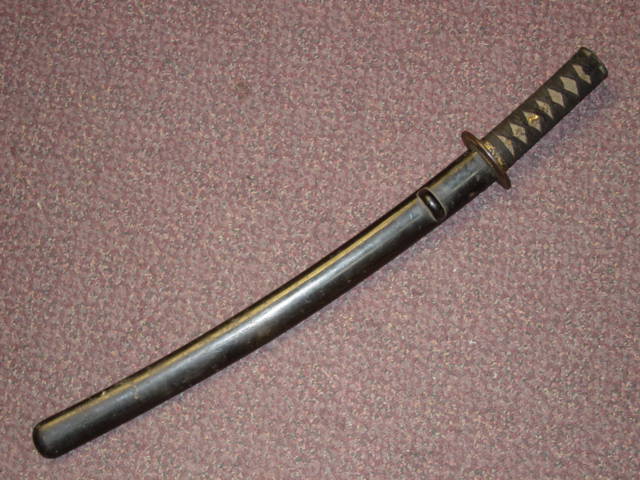
The blade shows some surface rusting and pitting. Some of the manufacturing defects are starting
to appear. It is important for the sword collector to understand how to handle their sword to avoid damaging
the blade and reducing the value ofthe sword.
Some tips on handling are:
- DO not touch the blade. Oils in your hand are destructive to the blade.
- Do not oil the blade.
- Wipe the blade clean with a soft cotton rag.
The fittings show a great deal of detail. Most of them are done with gold inlays. The
workmanship displayed here is very good.
The photo below shows the Habaki. A checkered design with circular accents towards the bottom.
Of copper construction. The Habaki served form and function. Its wedge shape was designed to
help keep the sword firmly secure in the scabbard during motion. The blade sat loosely inside
the scabbard so as to not get scratched when putting in or pulling out.
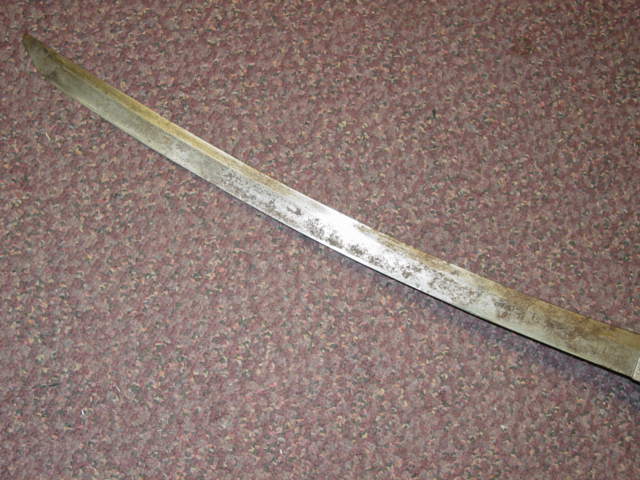
|
This page is a recognition and identification guide for Samurai swords.
Multiple detailed photos of a specific sample are provided. Descriptions point
out clearly defined points that should be noted.
One of the most commonly asked questions is "How much is my Samurai Sword worth?".
A price guide is included here to address this question. The value of the swords is
reviewed over a period of several years. A trend can be observed. The present worth
of the edge weapons in the collector's market is illustrated.
This service is provided free of charge to the visitor/enthusiast courtesy of
MilitaryItems.com,
a company dedicated to the preservation of military history and to providing quality
military antiques and collectibles to museums, institutions and the general public.
|
|
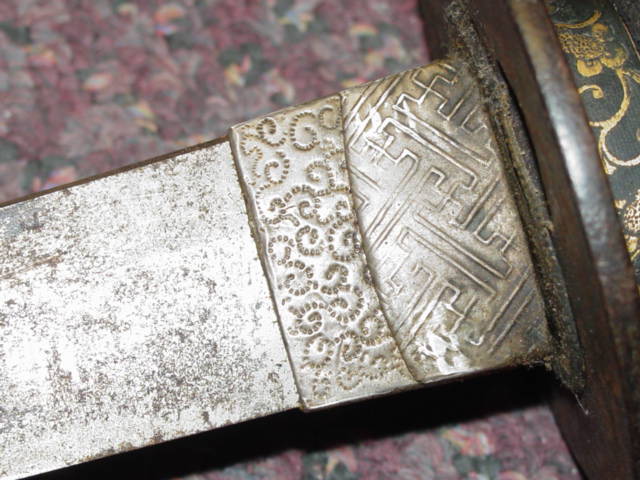
The menuki are matching and appear to portray a type of floral design. The shark skin that lines
in the the wooden handle retains good color, texture and is in overall good condition. The
handle remains tightly woven.
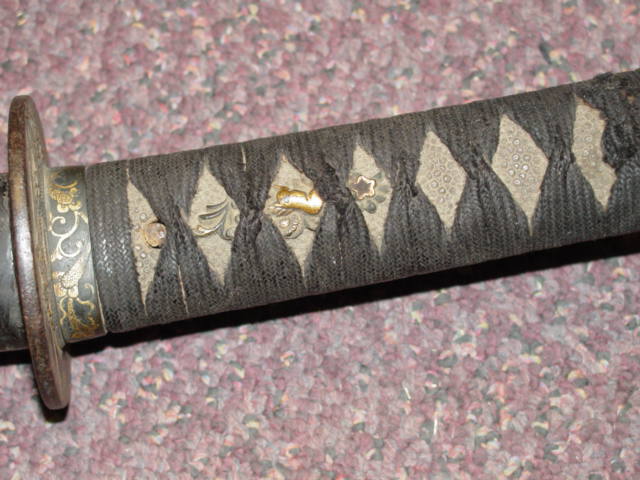
The tang is not signed. Not all of the swordsmiths signed their swords. The final product
had to meet the strict requirements of quality before they were signed. The shape and size
of the tang help determine the school that produced the sword.
A single hole has been drilled near the base of the tang. The sword has not been shortened. It
retains the original size as when it was made.
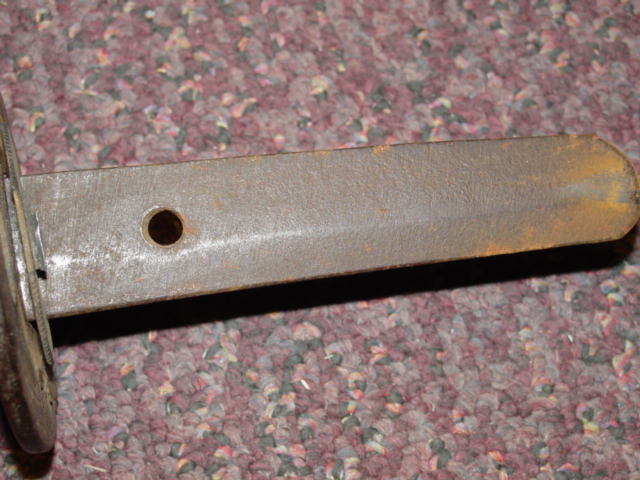
The tip of the sword shows the most amount of damage. The tip itself is broken and a small
section is missing as illustrated in the photo. A good polisher could re-tip this sword.
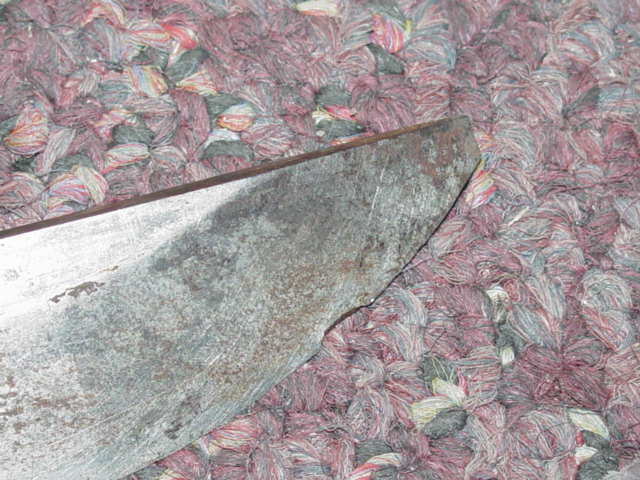
This is a picture of the top of the handle. Nice workmanship still present in the pommel, although it does show some wear.
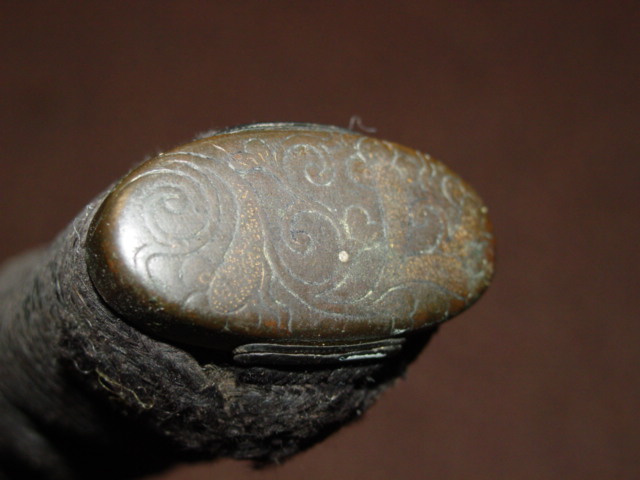
The Tsuba shows great detail in the gold inlay flower pattern. The manufacturing date for the Tsuba is around the
mid 1800's.
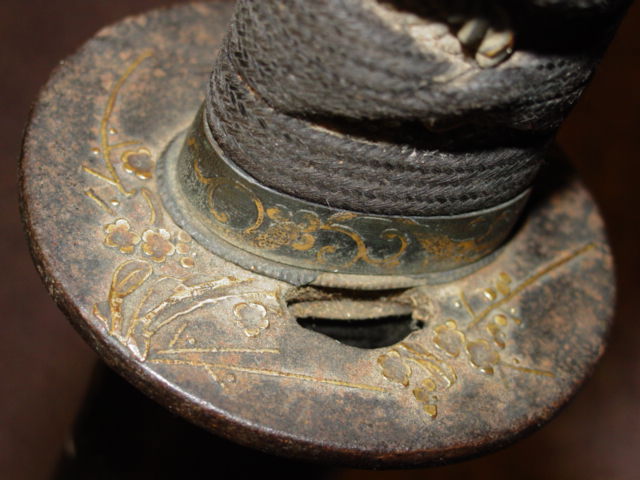
The underside of the Tsuba is also adorned with a smaller, gold inlayed,
Chrusanthemum flower pattern.
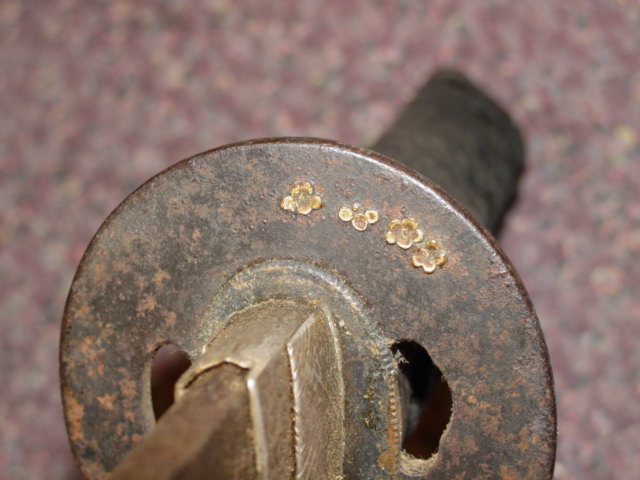
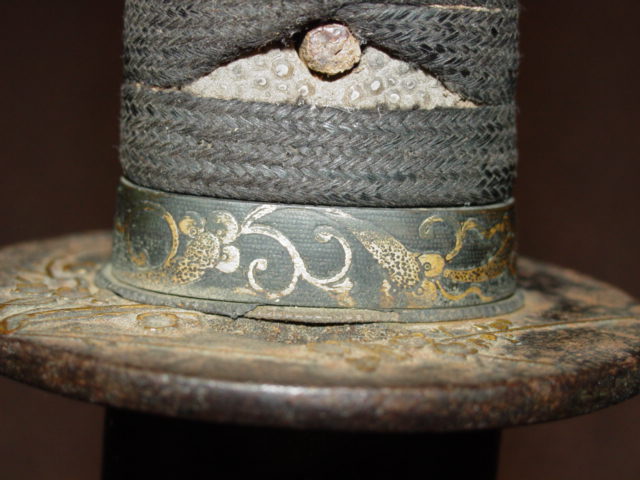
This Samurai Sword may be currently reproduced.
It is becoming more difficult to be able to tell the fake ones from the real ones because
the quality of the reproductions is improving. The collector must become familiarized with
the construction style and materials employed in the manufacturing of this item.
Attention to the details is critical in order to be able to determine the authenticity of
the collectible.
If you have an interest is seeing other Japanese Samurai swords, you can do so by going to our
Japanese Samurai Swords Price Guide
identification guide. Where we cover Samurai swords from all periods.
| 




